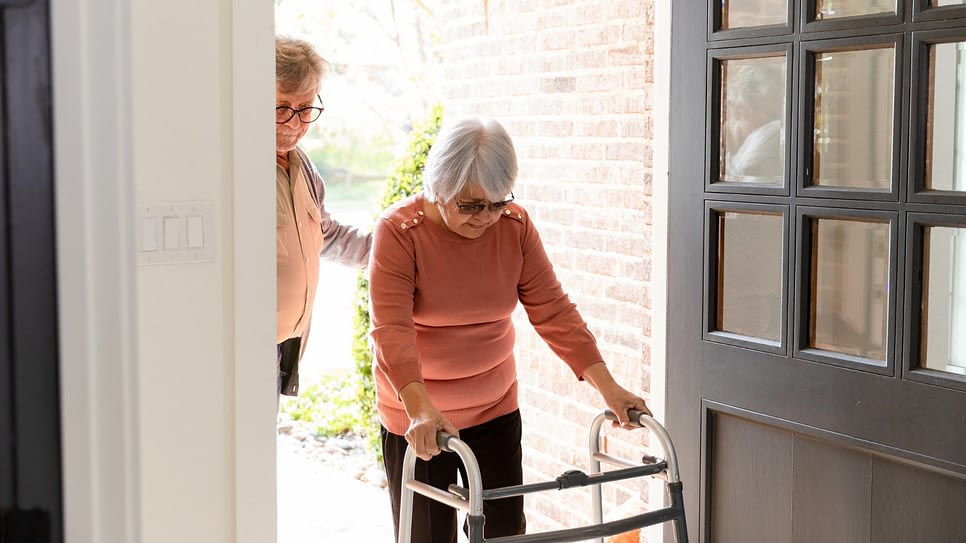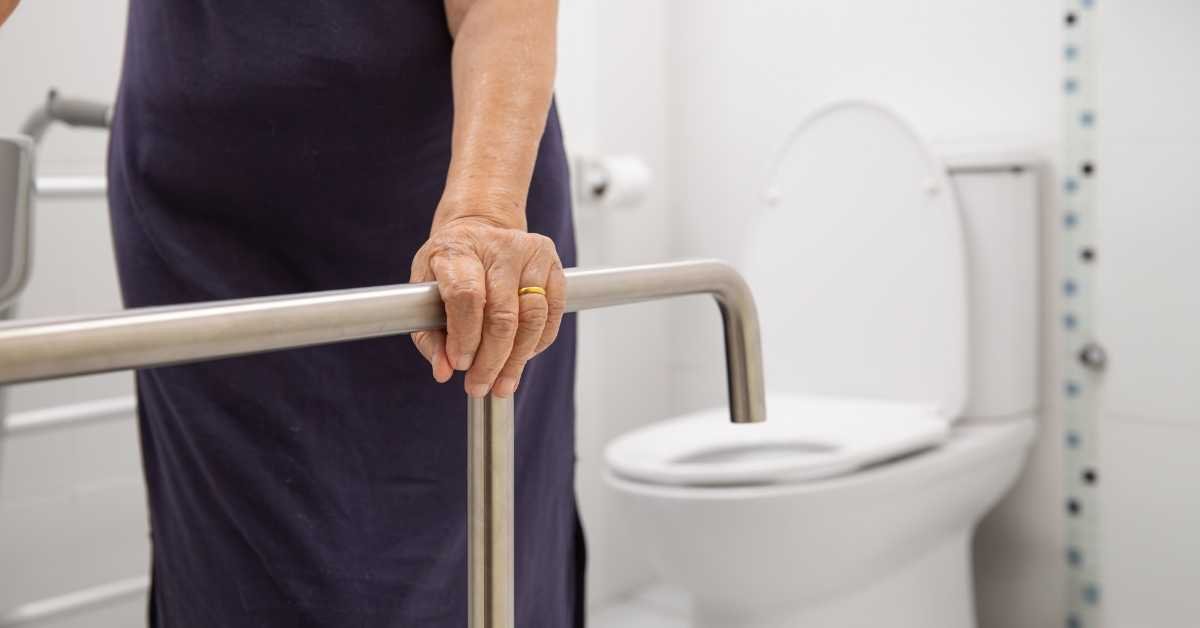Designing an elderly friendly kitchen is crucial to ensure both safety and accessibility for our aging loved ones. As we age, our mobility and strength can decline, making everyday tasks more challenging. By incorporating thoughtful design elements, we can create a kitchen that supports seniors in maintaining their independence and well-being. In this article, we will explore various strategies and tips to help you create a kitchen that is both functional and safe for the elderly.

Understanding the Needs of Seniors
Before delving into specific design ideas, it’s important to understand the unique needs of seniors. The kitchen is a central hub in any home, and for older adults, it can present numerous obstacles. From reaching for items on high shelves to navigating slippery floors, the risks are plenty. By addressing these challenges head-on, we can create a space that minimizes hazards and maximizes comfort.
Prioritizing Safety
Safety should be the top priority when designing an elderly friendly kitchen. Here are a few essential safety considerations:
- Non-slip flooring: Choose flooring materials that are slip-resistant to prevent falls.
- Adequate lighting: Ensure sufficient lighting throughout the kitchen to reduce the risk of accidents.
- Accessible storage: Place frequently used items within easy reach to avoid straining or overreaching.
Designing for Accessibility
Accessibility is another key factor in creating an elderly friendly kitchen. Here are some design elements to consider:
Lower Countertops
Standard countertops may be too high for seniors, especially those who use a wheelchair or have limited mobility. Consider installing lower countertops to ensure ease of use.
Lever-Style Handles
Traditional round knobs can be difficult for seniors to grip, especially for those with arthritis. Opt for lever-style handles on cabinets and faucets for easier accessibility.
Pull-Out Shelves
Install pull-out shelves in cabinets to make accessing items easier and safer for seniors. This reduces the need to bend, reach, or stretch excessively.
Incorporating Technology
Technology can play a significant role in enhancing the functionality of an elderly friendly kitchen. Consider integrating the following tech solutions:
Smart Appliances
Smart appliances can simplify cooking tasks and improve safety. Look for appliances with user-friendly interfaces and features such as voice commands or remote controls.
Automatic Lighting
Install motion-activated lighting to ensure that seniors can navigate the kitchen safely, even in low-light conditions.
Additional Considerations
Seating Options
Provide comfortable seating options in the kitchen, such as cushioned chairs with armrests, to allow seniors to rest while preparing meals.
Color Contrast
Use color contrast to help seniors with visual impairments distinguish between different areas and objects in the kitchen.
Conclusion
Creating an elderly friendly kitchen requires thoughtful planning and attention to detail. By prioritizing safety, accessibility, and technology, we can design a kitchen that promotes independence and enhances the quality of life for seniors. For more insights on home safety, you can visit the Room-by-Room Home Safety Guide for Seniors.

FAQ
What are the key features of an elderly friendly kitchen?
An elderly friendly kitchen should prioritize safety, accessibility, and ease of use. Important features include non-slip flooring, adequate lighting, accessible storage, lower countertops, and lever-style handles.
How can technology improve the kitchen experience for seniors?
Technology, such as smart appliances and automatic lighting, can enhance safety and convenience in the kitchen. These solutions help seniors manage tasks more efficiently and with less physical strain.
Are there any specific design elements to avoid in an elderly friendly kitchen?
Avoid high cabinets, round knobs, and slippery flooring. These elements can pose challenges and increase the risk of accidents for seniors.
This article contains affiliate links. We may earn a commission at no extra cost to you.






